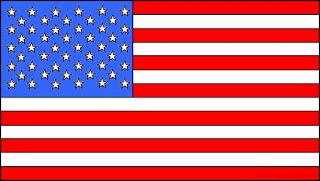Fake News Stories are Related to Culture and Information Literacy

[This blog post is a sketch of ideas. I plan on fleshing these ideas out. I want to share them now though.] Fake News as Related to Culture and Information Literacy: The recent information that has come out about fake news sites and stories that were shared on social media and influenced the recent elections are directly related to the concept of Information and Culture . The idea of controlling public perception via the control of media was perfected by the Nazis' Josef Goebbels. Now the ideas of Edward Bernays have been combined with Goebbels techniques to manipulate and reinforce the idea of Whiteness in US culture. In many ways, this election was about Whiteness versus the alternative developing multicultural worldview that exist within the USA. These ideas, because a lack of access to education and publishing by people of color, are still developing. The pace this development has picked up steam recently. The backlash by the Racis...








